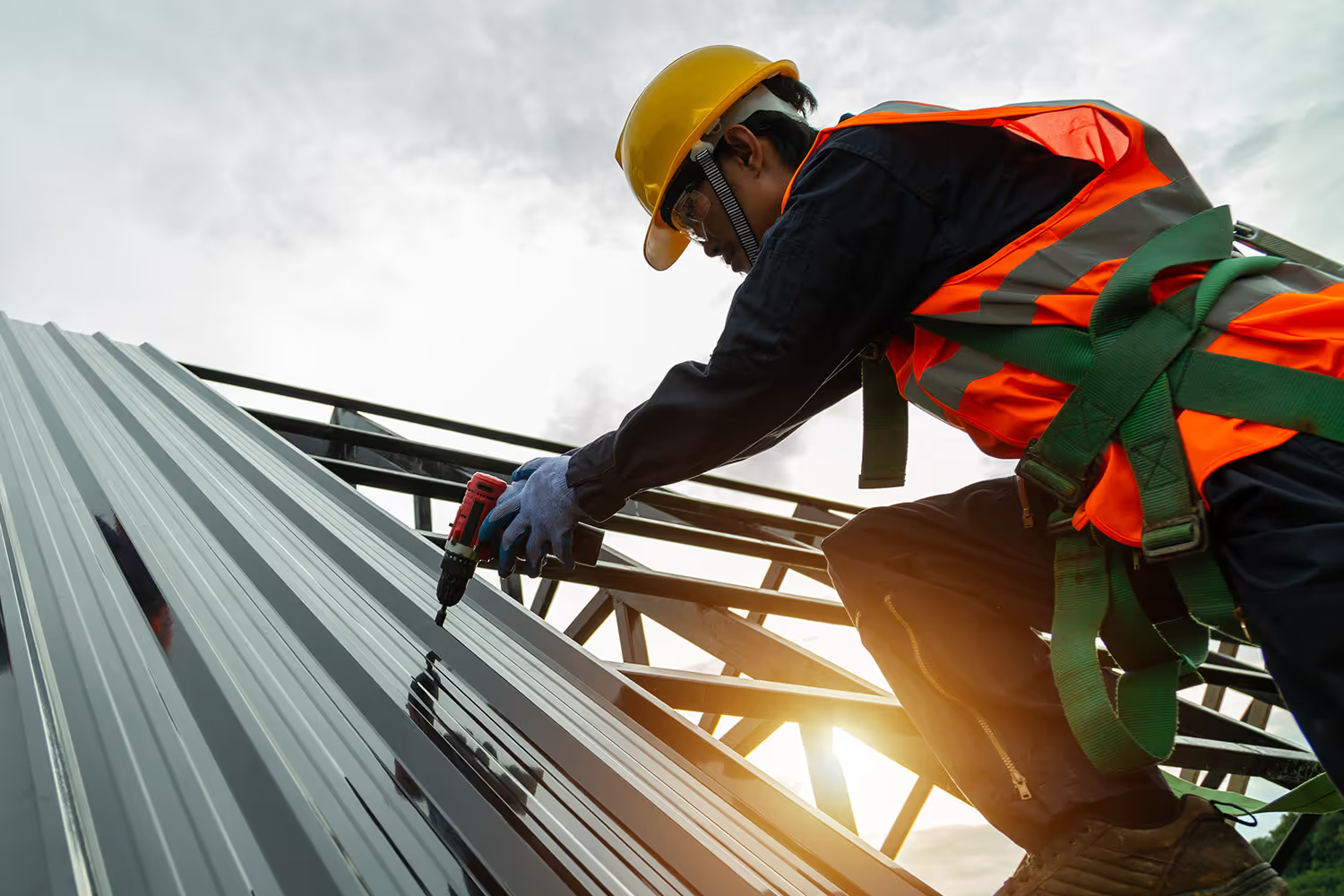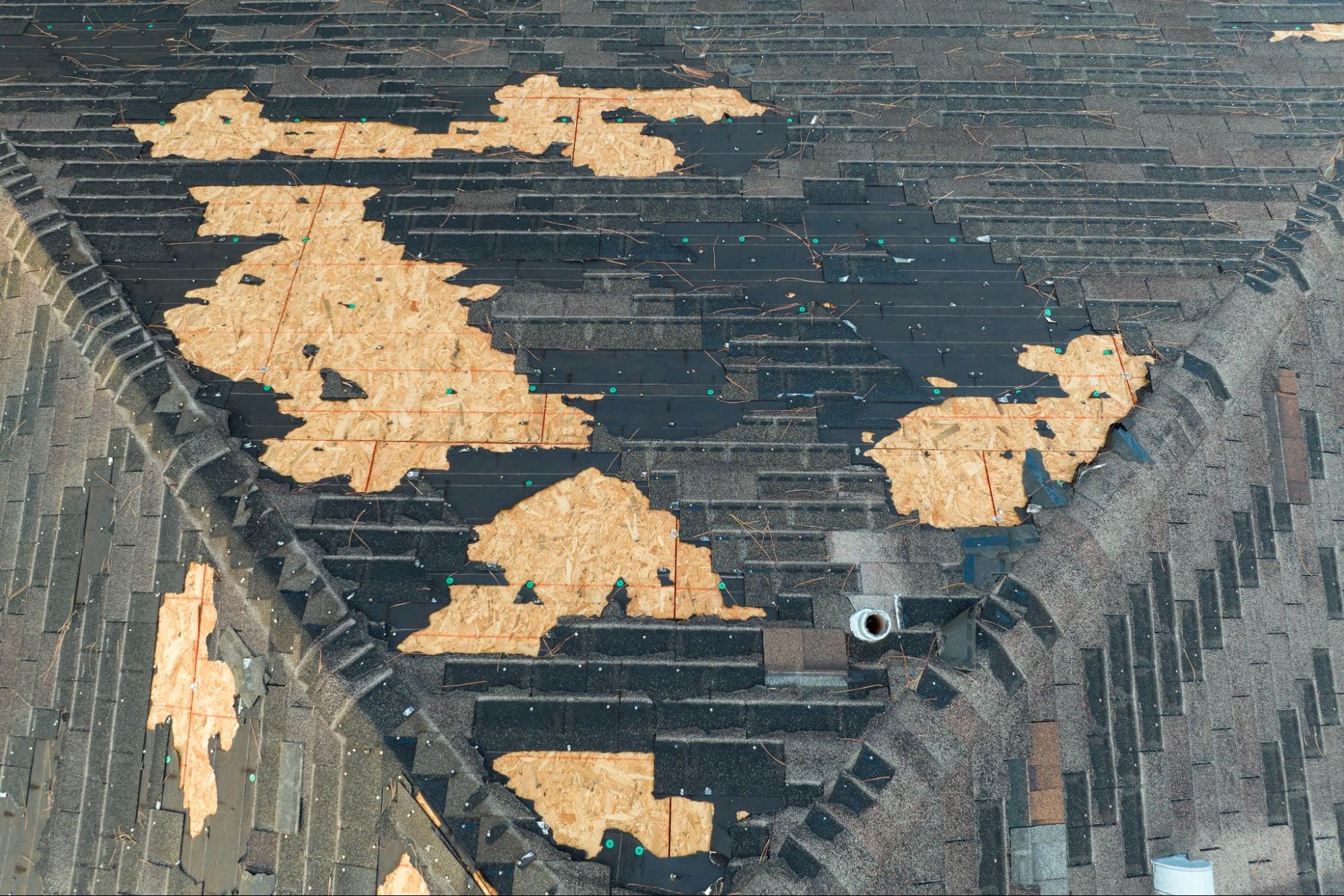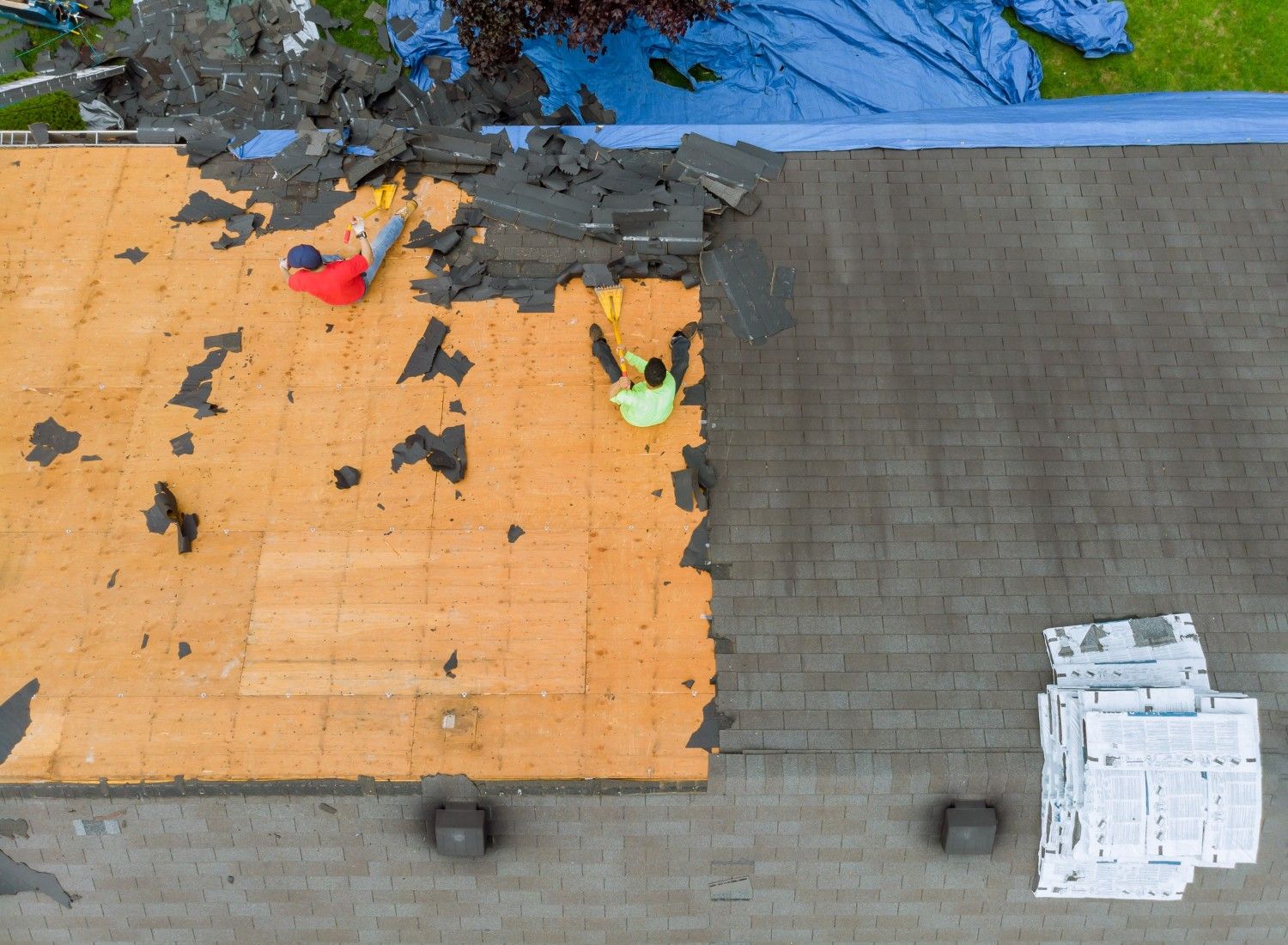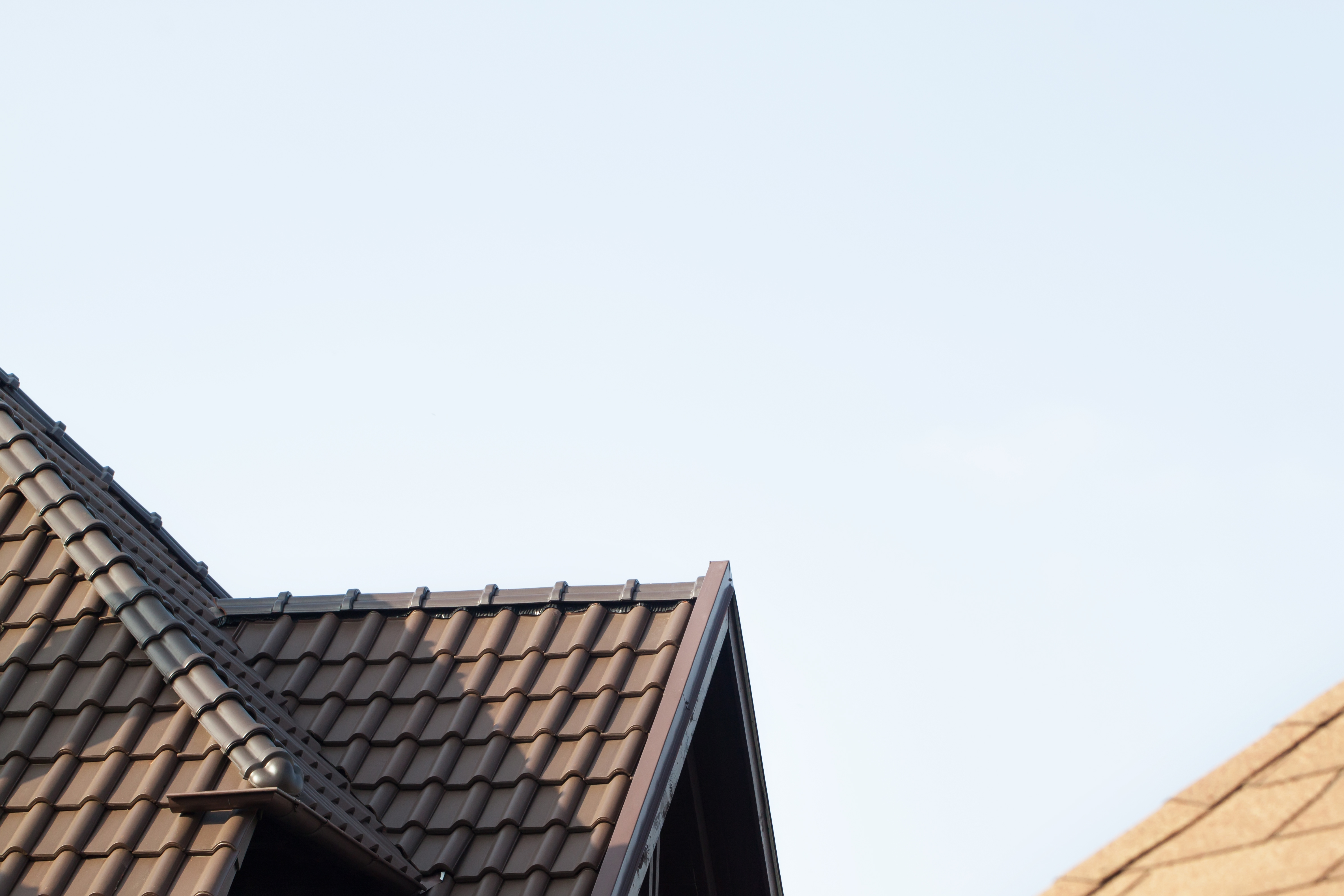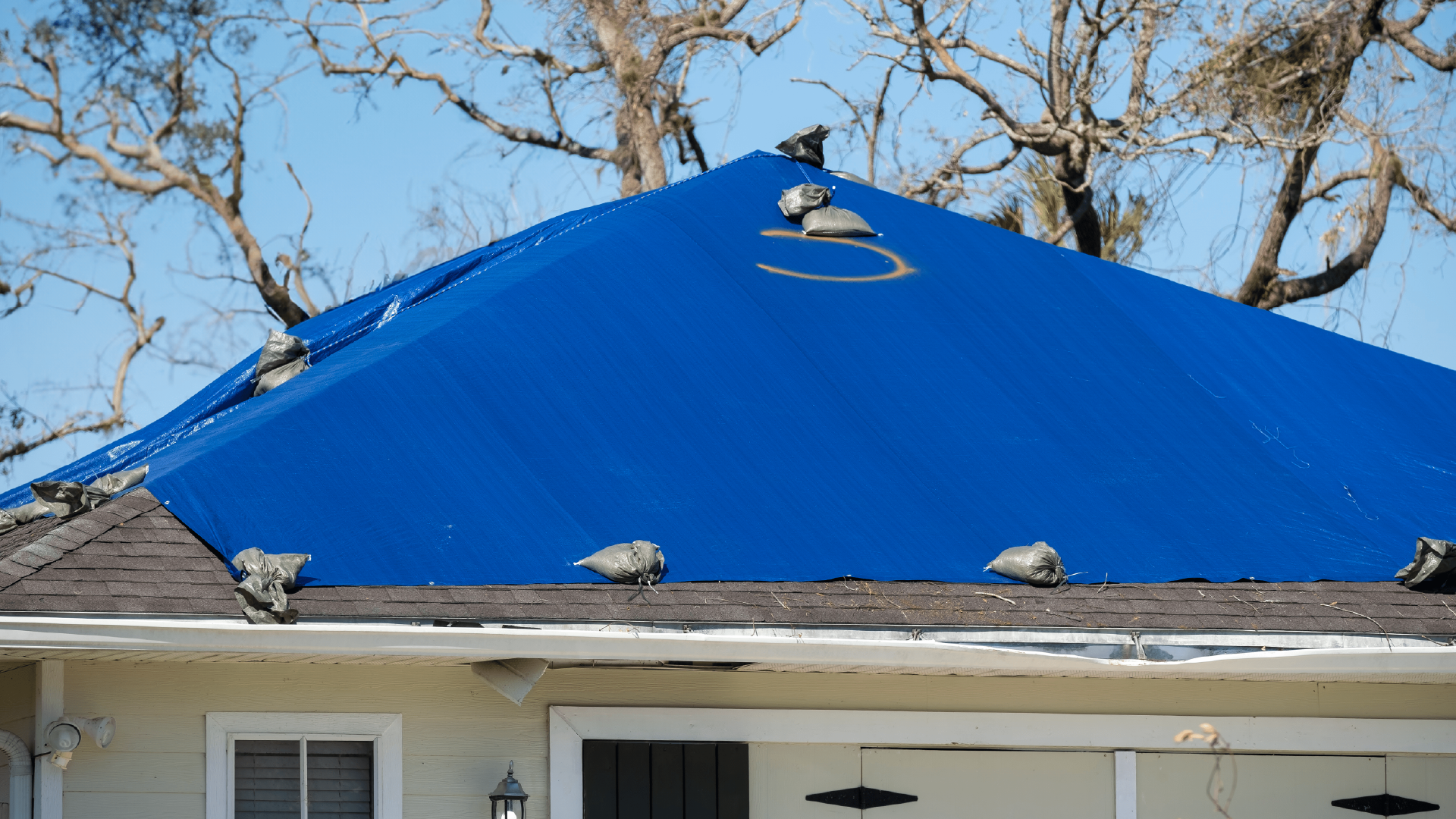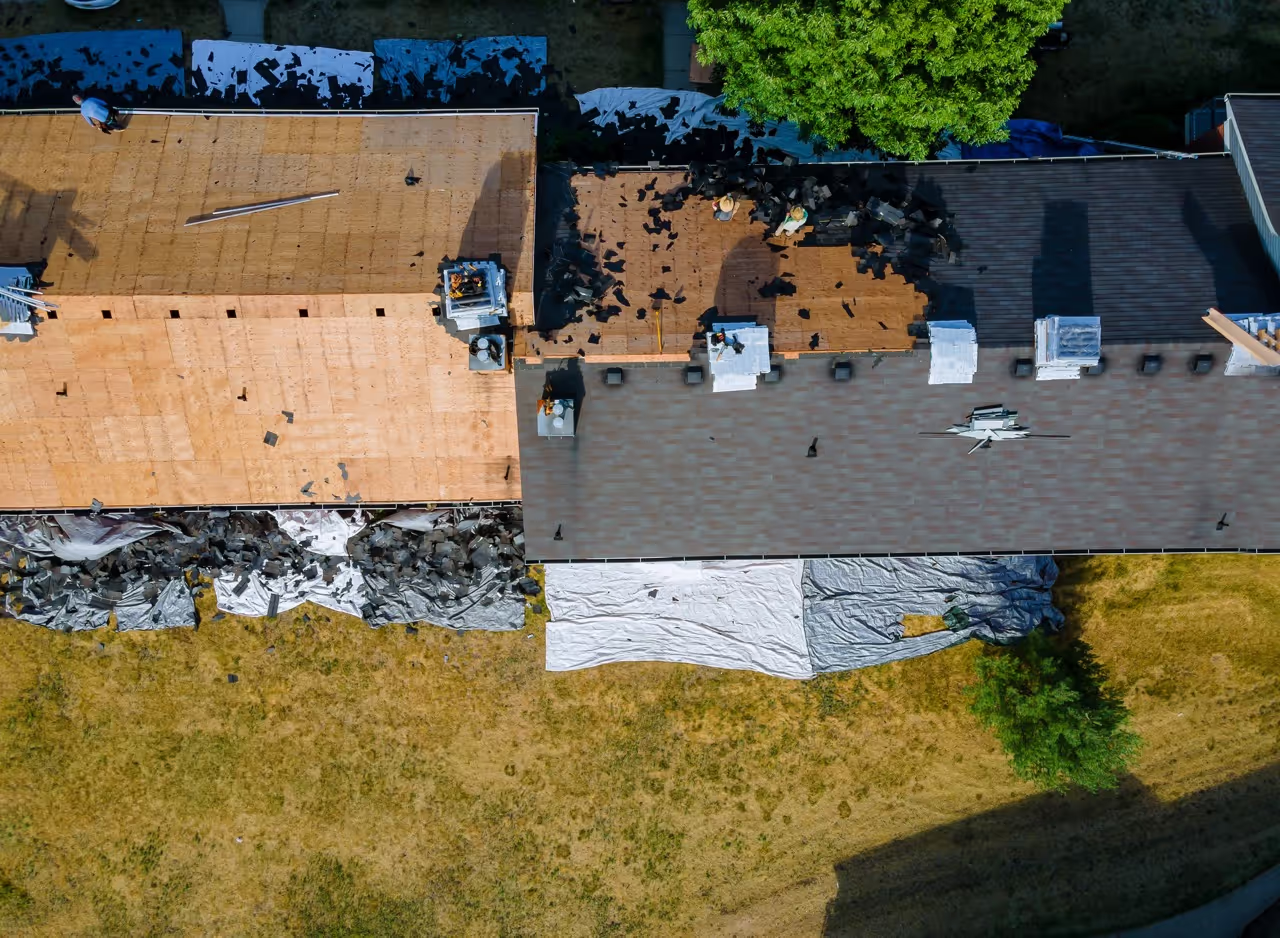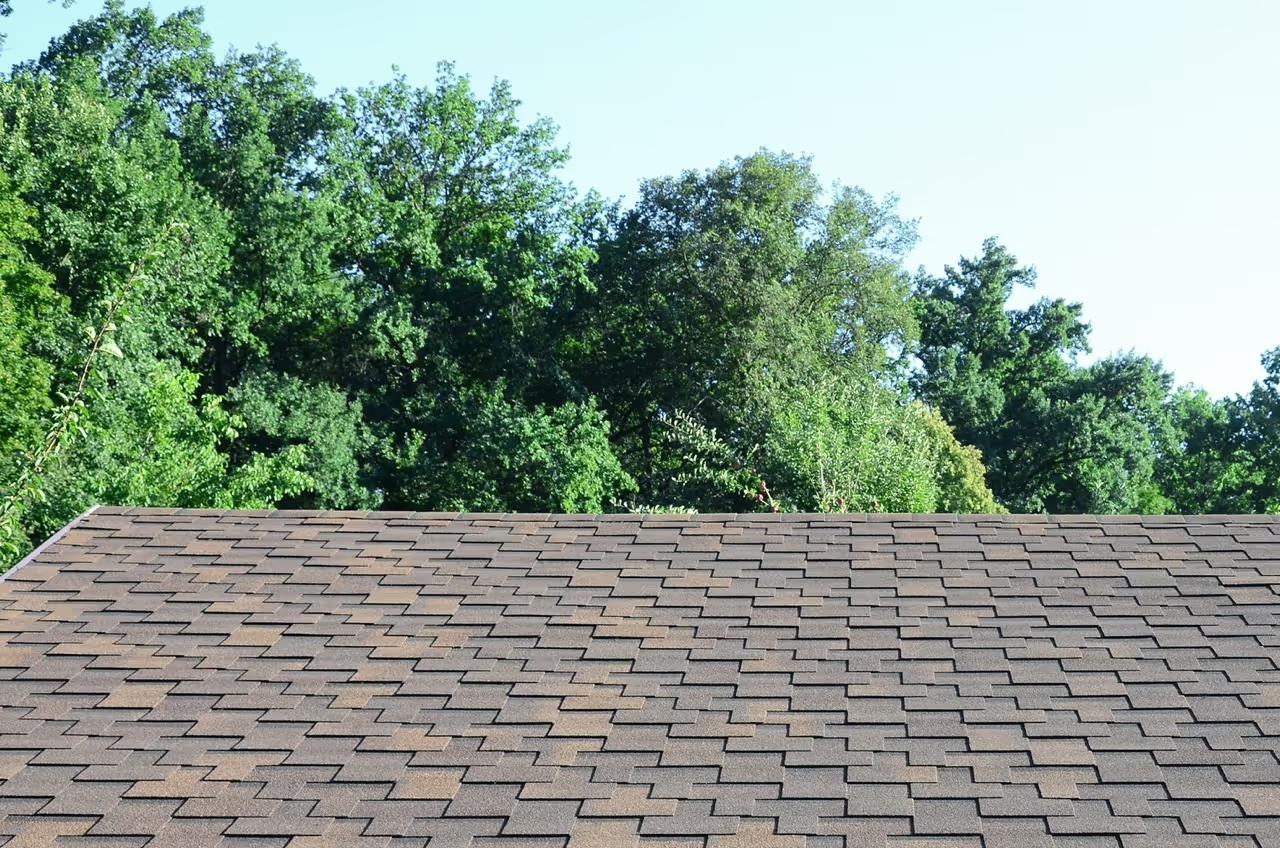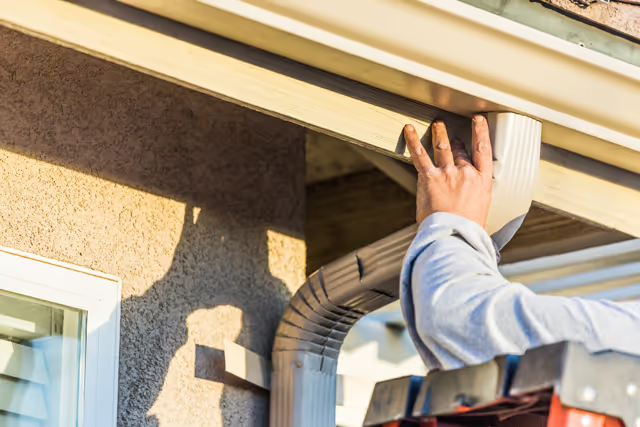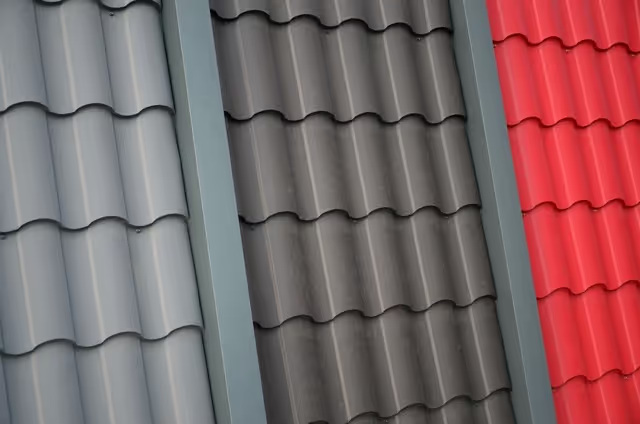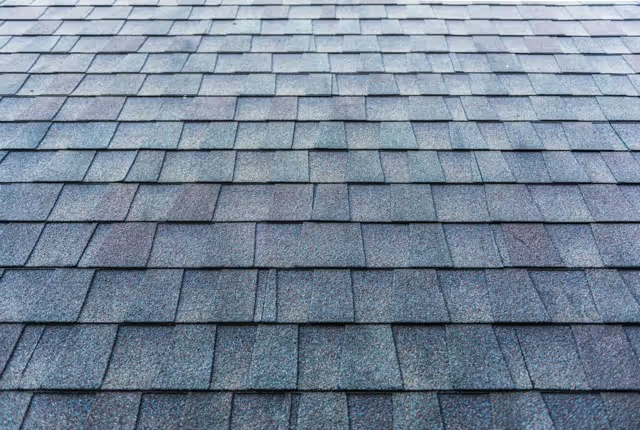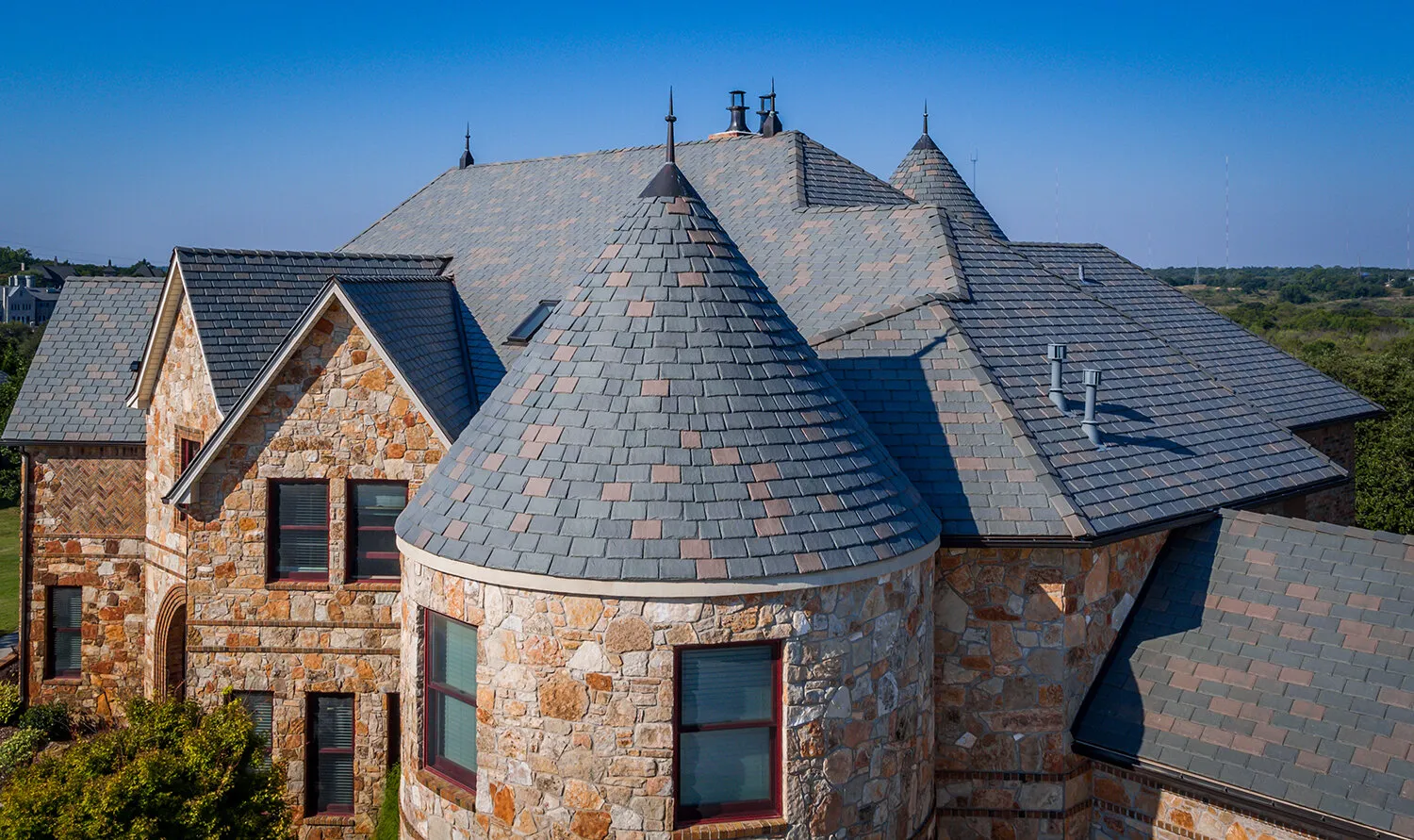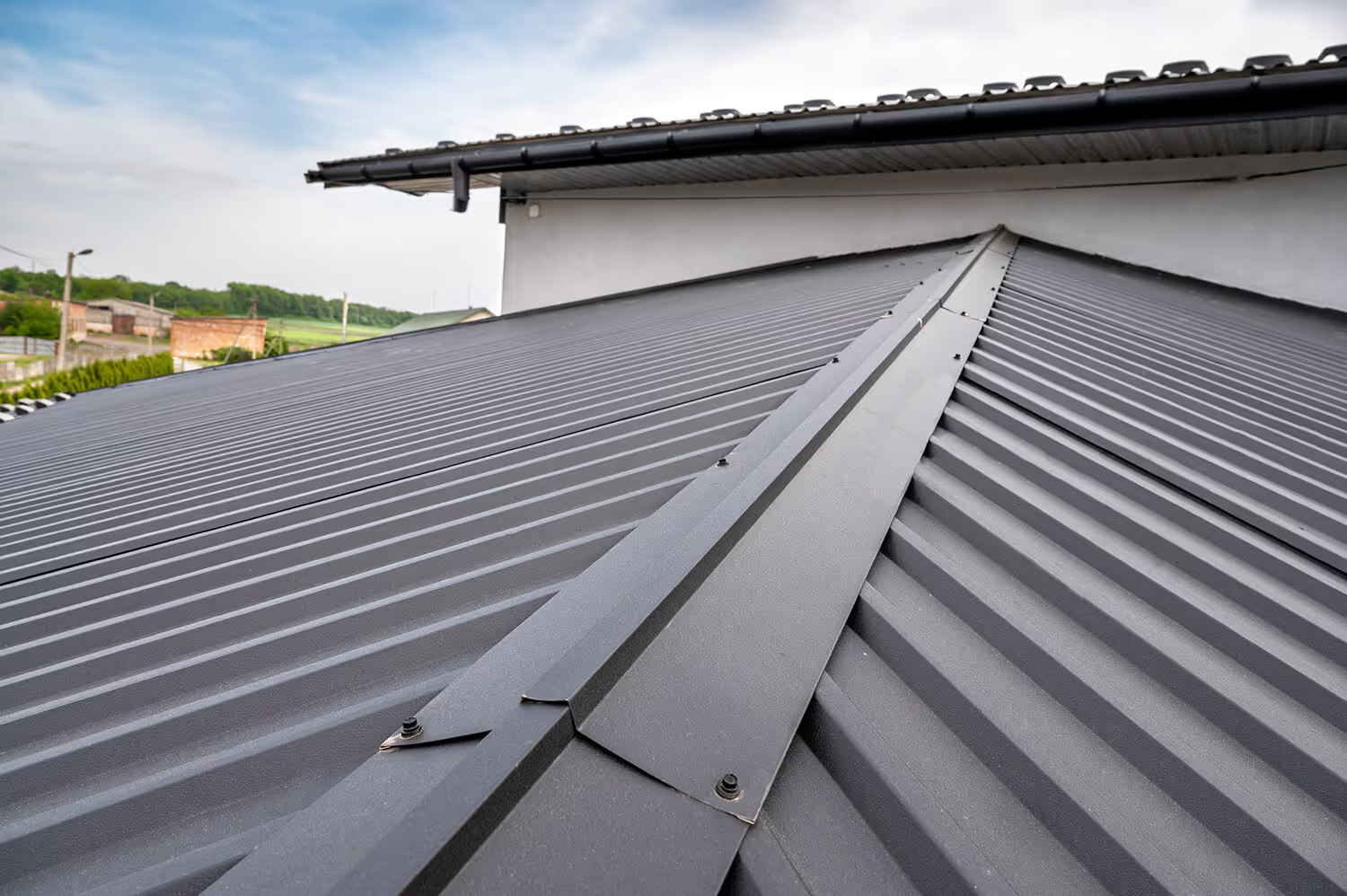Flat Roof Maintenance for Commercial Properties: What You Need to Know
In this guide, we’ll walk you through the critical aspects of flat roof maintenance, common problems to watch out for, and expert tips for preserving your roof.

Flat roofs are a popular choice for commercial properties due to their cost-effectiveness, ease of installation, and practical use of space. They provide a functional and protective barrier for your roof that can also improve the efficiency of your building. However, flat roofs come with their own unique set of maintenance challenges. Proper care and regular inspections are essential to ensure their longevity and avoid costly repairs.
In this guide, we’ll walk you through the critical aspects of flat roof maintenance, common problems to watch out for, and expert tips for preserving your investment.
Why Flat Roof Maintenance Matters
Unlike sloped roofs, flat roofs don’t have the advantage of gravity to aid in drainage. Water, debris, and snow can accumulate on the surface, leading to potential damage if not managed properly. Regular maintenance offers several benefits:
- Prolonged Roof Lifespan: Proper care can extend the life of your roof by preventing small issues from turning into major problems.
- Cost Savings: Routine inspections and minor repairs are far more affordable than replacing an entire roof or dealing with water damage.
- Energy Efficiency: A well-maintained roof improves insulation and helps regulate indoor temperatures, reducing energy costs.
- Compliance and Safety: Neglecting maintenance can lead to structural issues or code violations, jeopardizing the safety of your property and its occupants.
Common Problems with Flat Roofs
Flat roofs are durable, but they are not immune to wear and tear. Below are some common issues to keep an eye on:
1. Ponding Water
Water pooling on the roof’s surface is one of the most common problems. Prolonged ponding can weaken the roofing material, lead to leaks, and promote algae or mold growth.
2. Cracks and Blisters
Over time, exposure to UV rays, temperature fluctuations, and general wear can cause cracks, blisters, or bubbles in the roofing membrane. These issues compromise the roof’s integrity and can lead to water infiltration.
3. Flashing Damage
Flashings are critical components that seal the roof edges and any penetrations (e.g., vents, pipes, or skylights). Damaged or poorly installed flashings are common sources of leaks.
4. Debris Accumulation
Leaves, branches, and other debris can clog drains and gutters, leading to water buildup. Debris can also trap moisture, causing the roof to deteriorate more quickly.
5. Structural Movement
Flat roofs are subject to expansion and contraction due to temperature changes. This movement can stress the roofing material, causing seams to separate or adhesives to weaken.
Flat Roof Maintenance Checklist
Maintaining a flat roof doesn’t have to be overwhelming. Follow this checklist to keep your roof in top condition:
1. Schedule Regular Inspections
Plan for at least two inspections per year—one in the spring and one in the fall. Additional checks after severe weather events (e.g., heavy rain, hail, or snowstorms) are also recommended, especially if your roof is older.
What to look for during inspections:
- Signs of ponding water
- Visible cracks, blisters, or punctures
- Condition of flashings and seals
- Debris or vegetation buildup
- Signs of mold or mildew
2. Keep the Roof Clean
Remove debris regularly to prevent clogs in drains and gutters. Use soft-bristled brooms or blowers to avoid damaging the roofing material. For stubborn dirt or stains, a professional cleaning may be necessary.
3. Maintain Drainage Systems
Ensure that drains, gutters, and downspouts are clear and functioning correctly. Water should flow freely off the roof to prevent ponding and leaks.
Consider installing strainers or guards over drains to minimize blockages caused by debris.
4. Address Repairs Promptly
Don’t delay addressing minor issues like cracks or loose flashings. Small repairs can prevent more extensive damage and save you significant time and money in the long run.
While small cracks or leaks might seem manageable, it’s best to rely on professionals who have the tools and expertise to fix issues without causing further damage.
5. Inspect the Roof Membrane
The roof membrane is the protective layer that keeps water out. Inspect it regularly for wear, punctures, or loose seams. Promptly replace or repair damaged sections to maintain the roof’s integrity.
6. Monitor Roof Accessories
If your roof supports HVAC systems, solar panels, or other equipment, inspect the surrounding areas for wear. Heavy equipment can cause stress on the roof, and leaks can occur around their bases.
Seasonal Maintenance Tips
Flat roofs face unique challenges during different seasons. Here’s how to adapt your maintenance routine year-round:
Spring and Summer
- Check for damage caused by weather, such as cracks or ponding water.
- Clean the roof surface and ensure drains are clear of debris.
- Apply reflective coatings to reduce heat absorption and lower cooling costs.
Fall
- Remove fallen leaves and other debris to prevent clogged drains.
- Inspect the roof for any damage before winter sets in.
- Schedule a professional inspection to catch hidden issues.
Winter
- Monitor snow and ice accumulation. Flat roofs are prone to structural stress from heavy snow loads.
- Remove snow using a roof rake or call a professional snow removal service to avoid damaging the roof surface.
- Check for ice dams around drains or edges, which can lead to water pooling and leaks.
When to Call a Professional
While regular maintenance can handle many minor tasks, some situations require the expertise of a professional roofer. Here’s when to make the call:
- Persistent ponding water that doesn’t drain after 48 hours
- Visible damage to the roof membrane or flashings
- Leaks inside the building
- Snow or ice accumulation exceeding the roof’s weight capacity
- Signs of structural movement or sagging
A professional roofer can perform detailed inspections, recommend tailored solutions, and ensure compliance with local building codes.
Preventative Measures for Longevity
Investing in preventative measures can significantly extend the lifespan of your flat roof. Here are a few tips:
- Apply Roof Coatings: Elastomeric or reflective coatings protect against UV damage, reduce heat absorption, and improve waterproofing.
- Install a Proper Drainage System: Ensure your roof design includes adequate drains, scuppers, and slopes to direct water flow.
- Schedule Annual Maintenance Contracts: Partnering with a roofing company for annual maintenance ensures professional oversight and consistent care.
- Choose Quality Materials: Invest in high-quality roofing materials during installation or replacements to reduce long-term maintenance needs.
Conclusion
Flat roofs are an excellent choice for commercial properties, offering a balance of functionality and cost-effectiveness. However, their unique design requires a proactive approach to maintenance. By scheduling regular inspections, keeping the roof clean, and addressing issues promptly, you can ensure your flat roof stays in optimal condition for years to come.
Remember, professional guidance is invaluable. Don’t hesitate to reach out to an experienced roofing contractor for inspections, repairs, or advice tailored to your property. A little maintenance goes a long way in protecting your investment and avoiding costly headaches down the road.
For expert assistance with flat roof maintenance, Statewide Roofing is here to help. Contact us today to schedule an inspection or discuss your commercial roofing needs!
Recent News Posts
Let’s Get Started Today
Call Statewide Roofing for a free quote for all your roofing and home improvement needs. We specialize in all kinds of roofing systems for both commercial and residential buildings.
Let us know if you have any questions about us, our services, financing, repairs, or our process. Our team is here to answer any of your questions and get you the information you're looking for regarding any of your roofing needs. We're happy to help! For immediate assistance, give us a call to speak with one of our professionals and get started with Statewide.
.avif)
Roofing services
roofing financing options
Statewide Roofing offers roofing financing options to help our homeowners afford the cost of roof replacements and repairs. We are partnered with Service Finance Company, LLC. to offer these financing options.
